When you find yourself shopping in another part of the world, it’s not too difficult to come across a treasure trove of stuff that cost a tenth of what it normally costs at home. There’s obviously a huge market out there for this sort of thing and it’s not uncommon for consumers to take part in these “bargains” when they get the chance. Ask them about it and they either claim they were ripped off or they end up boasting about the purchase from the XYZ shopping district in so and so country.
With very realistic imitations, people end up getting scammed by paying premium prices for the replicas. No doubt that this is criminal. But what about those who deliberately purchase knock offs to cut down on the costs? These are the folks who may even show off and pass their latest purchase from the flea market as the “real thing”. And with the age of eBay, this practice has proliferated even further.
Not surprisingly, most buyers are young, have little money but are highly brand conscious. Those who live in a place where pirating and merchandise cloning are prevalent will most likely have some if not many of their possessions as copies.
For those who are intent on spending on such products, the major argument they make is that it’s a “victimless” crime and ask: why not just have the market decide what’s acceptable. I’ve also heard the argument that since many vendors of such pirated materials are poor and only trying to make ends meet, then some have felt sorry about their predicament, and end up patronizing them for their wares. This is unfortunately the case in countries where this “crime” is rampant — the poor make do with these options.
Here are some samples of the fake and the real. Question is, who buys these fakes?
Real |
Versus |
Fake |
|---|

|
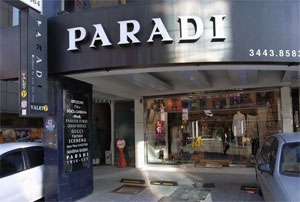
|
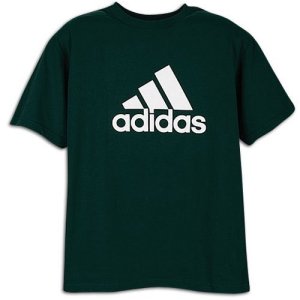
|
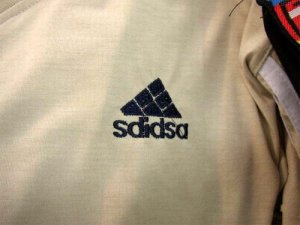
|
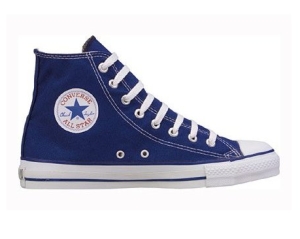
|
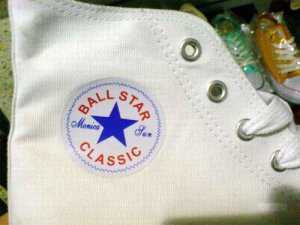
|

|
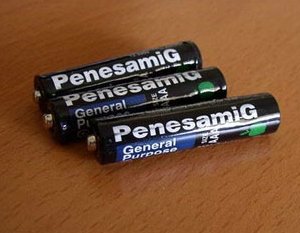
|
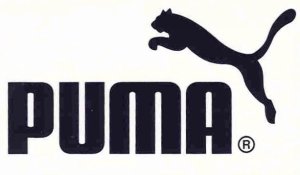
|

|
Image Credit: Google images and Hemmy.net’s Chinese Fake Brands
Who purchases them?
Answer: more people than you can imagine.
The government’s stance of course, is that businesses and economies do get hurt.
Counterfeiting and piracy cost the U.S. economy between $200 billion and $250 billion per year, are responsible for the loss of 750,000 American jobs, and pose a threat to health and safety. From DVDs and CDs, shampoo and batteries to car parts, prescription drugs and electrical equipment, every product in every industry is vulnerable.
Here’s why you shouldn’t buy fakes: beyond being a moral issue, it’s also illegal, cheapens the genuine products, can be unsafe, does not provide or honor guarantees or warranties, the sources of goods are questionable and where your money goes can also be questionable. When this business model succeeds, it is easy to have it become pervasive.
These days, you can’t smuggle in a pirated or fake product into America without getting into trouble but no doubt it still happens. So the market for counterfeits does exist. So if you want to know how to protect yourself from unknowingly picking up a clone, here’s what to do:
How To Spot Counterfeit Goods
Check product details, labels, packaging carefully.
There could be expired dates, missing labels or broken seals, not to mention the lack of any warranty information that you may come to expect for the type of item you are purchasing. The product may not even be intact or look disturbed.
Be aware of payment methods.
Watch out for pricing conditions. If a vendor or store asks you to pay only with cash, then this could be a red flag! They may even allow you to liberally haggle and negotiate pricing or offer to skip on tax charges. When shopping online, you may want to double check that transactions are secure and that order information has standard charges.
Consider the source and visit established retailers.
If you’re buying at a flea market or traveling fair, it’s best to be extra vigilant. You won’t need that same paranoia shopping at large department stores. Check out truecosts.org for how authorized retailers operate and more on how to fight piracy.
Ask questions.
When I visit open air market stalls with tempting goodies on display, I do ask a lot of questions. If it looks too good to be true, it probably is! Interestingly, you can tell from people’s body language if what they’re selling is authentic or otherwise. While abroad, it isn’t unusual to get admissions from merchants that they are offering pirated wares. In fact, the wares themselves are quite often obvious copies which you don’t even need to verify.
Report problems and file the necessary complaints.
If you encounter unsafe products, you can report them to the Consumer Product Safety Commission (800-638-2772) through this form. Intellectual property crimes can be reported to local authorities or to the National Intellectual Property Rights Coordination Center.
Be extra vigilant when shopping abroad.
You can review travel advisories from the U.S. Department of State prior to visiting other countries to check on the situation on counterfeit goods in these areas. Take note that U.S. Customs will confiscate any products they deem to be in question during travel inspections.
Sound the alarm.
Let your friends and family know about what you encounter. Community vigilance helps (unless of course they’re fans of knock offs).
Know what you’re buying before you open your wallet. And spend wisely. Either way, it would be interesting to see how people do feel about this.
Copyright © 2007 The Digerati Life. All Rights Reserved.

{ 3 comments… read them below or add one }
What? Nobody wants to engage in an animated debate over knock-offs? Fake or real? What’s your thrill? 😉
Living abroad (esp. Russia), I saw a lot more knock-offs for sale than I ever did in the States. Part of this lies in the fact that we are simply “smarter” brand consumers than others are because we grow up knowing which direction the Nike swoop faces or how to spell Adidas or Panasonic. These are things it is difficult to avoid in our world. Others may be duped (though they rarely pay full price for their lack of knowledge), whether it is because they aren’t indoctrinated in branding or because their English isn’t good enough to recognize real vs. made-up words.
I believe most Westerners purchasing counterfeit products do so on purpose, in order to game the system. There’s an odd sort of “I care about branding, but not enough to purchase the real brand” tension in fakes.
But then, what is a brand? Often you are simply paying for more marketing. Sometimes this “illustrates” better quality, sometimes not. Is there a difference between Campbell’s cream of mushroom and store brand? It is of course one thing to be “fooled” and then poisoned by knock-off Colgate toothpaste, it is another to choose between Colgate and store-brand. But where do we draw the line between acceptable and illegitimate copies of products? Further, the recent product recalls show that high-end branding (ie Thomas the Train Engine) can have little to do with the safety/quality of the final product. So, are we really that much worse off wearing Mikes than Nikes?
It’s one thing to buy knock offs that resemble a name brand, but counterfeit items being sold for a price comparable to the real thing is what to watch out for. If the product is cheaper and of good quality, who am I to argue.